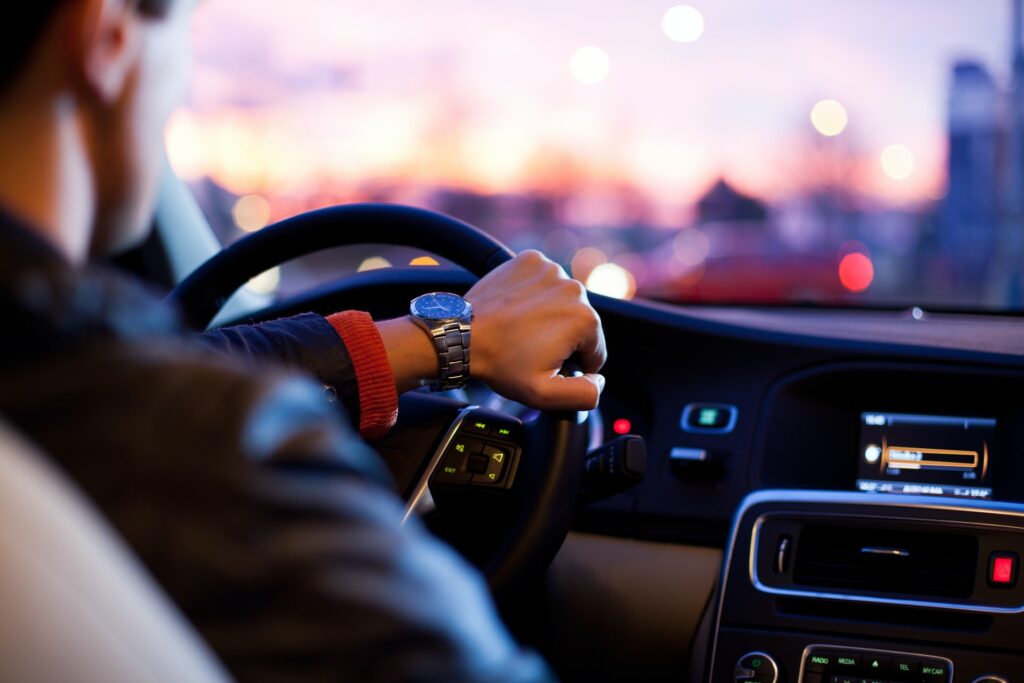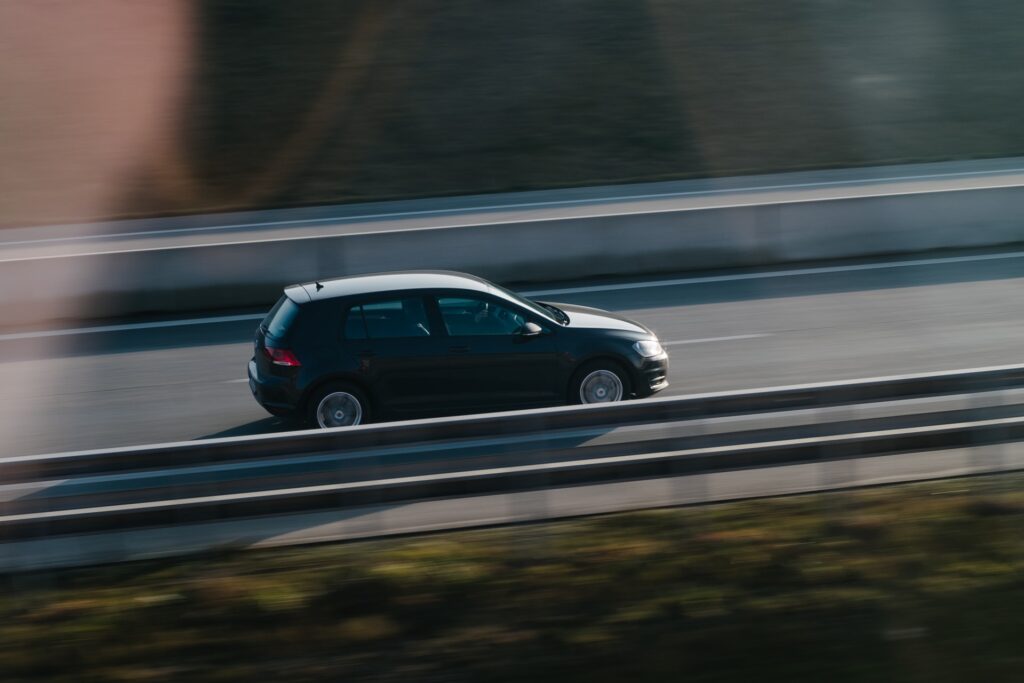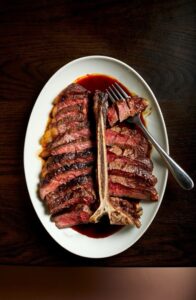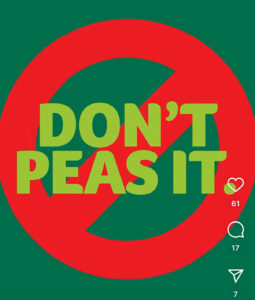Top Tips for Cutting the Cost of Motoring in Britain

Over the last six months, British newspapers have been published article after article declaring that petrol prices have reached new highs. In July, the prices seen at forecourts had risen to the highest they’d been since September 2013 and in October they were higher than they had been for more than nine years.
The highest point was reached in November 2021 when a litre of unleaded became 147.72p per litre while diesel rocketed up to 150.96p. However, a month into 2022, and the prices were edging closer to beating this record again with averages of 136.53p and 149.91p respectively. The RAC, which collates and publishes this data, warned in February that the upward trend was likely to continue in the coming weeks.
Other costs of running a car are also likely to increase, especially as inflation rates continue to head skywards. As we all begin to feel the pinch, you might be wondering about ways you can cut the cost of driving in the UK.
Compare Insurance
Insurance is an important part of life, and as adults, you’ll almost certainly have taken out many different types of insurance policies in your life. If you have a mortgage, you need to have buildings insurance and if you have a smartphone, you may also pay to protect that in case it gets lost or damaged. You can even find forms of it in games, for example, some variants of blackjack use insurance to give the player the option to mitigate a loss if they think the dealer has a strong hand. Similarly, a partnership between Zynga and an insurance company saw players of Farmville get the option to take out insurance on their in-game crops.
But perhaps the most expensive insurance policy you’ll ever take out is on your car. It is a legal requirement to have at least third party insurance on your car if you’re going to drive it on the roads in the UK, though it nearly always makes good sense to have a comprehensive insurance policy in case you get into an accident and need to pay to have your car repaired.
For new drivers, a policy on a very modest vehicle could easily set you back several thousand pounds for a year and anyone with penalty points could find themselves paying even more.
That’s why it’s incredibly important to look for which company can offer you the best deal. 20 years ago, this was a huge hassle as you’d have to call several companies and give them all the same information. Today, you can take advantage of the many insurance comparison services that’ll do all the heavy lifting for you. Just enter your details and they’ll bring you back a list of providers for you to choose from.
Look for the Cheapest Petrol Station
Petrol prices are eye-wateringly high at the moment, so even the cheapest filling stations are going to leave your credit card quivering, but even small savings can help if you’re on a budget.
Apps like Petrol Prices can help you see which forecourt has the best rates near you, though they can be a day or two out of date.
Just try to plan ahead and stop at a cheaper fuel retailer when it’s en route to where you’re going, otherwise a detour or special trip will offset the savings.

Change Your Driving Habits
While we may often focus on how to save money at the pump, you can cut your driving costs much more dramatically by focusing on how you drive. There are many theories circulating the internet on things you can do to improve the fuel economy of your car, but the simplest tricks are usually the best.
Plan your trips to minimise the amount of driving you actually have to do. If you can make multiple stops on one journey, you can cover fewer miles and, therefore, spend less on fuel.
Another big saving can be made by driving more gently. Think of the accelerator pedal as a money pedal, the more you press it, the more you spend. A car will also burn more fuel at higher speeds because it has to overcome a greater rate of air resistance, so sticking to (or going below) the speed limits can save you money.
Braking heavily can also cost you money. While it will increase the wear on your discs, pads, and shoes, it also means you’ll need to use the accelerator pedal more.
For example, if you’re driving between two sets of traffic lights, some drivers will put their foot down and race to the next line, braking sharply when they realise the lights aren’t going to turn to green in time. Others will accelerate more gently and then ease off the throttle early, letting the car coast to the line and then either continue driving when the red turns to green, or gently braking to shed the remaining speed.
The first driver will have burnt more fuel for longer, while the second won’t have burnt any fuel for the time that they weren’t touching the pedal.
According to MoneySavingExpert, making these changes to your driving style can save as much as 20% from what you spend on fuel. So when you consider the average Brit spent over £1,000 a year juicing up their cars before these whopping rises occurred, you could be saving hundreds of pounds.




